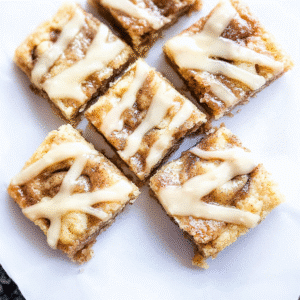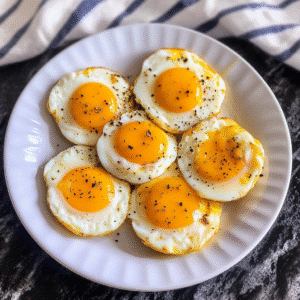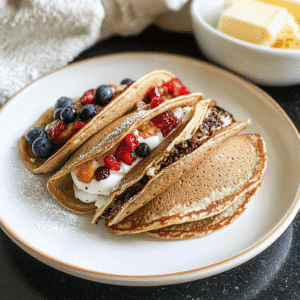Chickpea flour sourdough bread is gaining well-deserved attention in modern kitchens — and for good reason. This wholesome, gluten-free alternative to traditional sourdough offers rich flavor, high protein, and gut-friendly benefits that make it ideal for families and food lovers alike.
Baking has always been a way to connect — with tradition, with nourishment, and with each other. And when you bake chickpea flour sourdough bread, you’re not just making food. You’re creating a slice of comfort rooted in health and simplicity. Whether you’re new to sourdough baking or a seasoned home cook looking for a gluten-free twist, this bread deserves a spot on your table.
In this comprehensive guide, you’ll learn everything you need to know about chickpea flour sourdough bread: what makes chickpea flour special, how it behaves in fermentation, and step-by-step instructions to bake your first loaf. Plus, we’ll explore its health benefits, flavor variations, troubleshooting tips, and how to adapt it to different diets.
By the end, you’ll not only know how to make this bread — you’ll understand why it’s worth baking again and again.
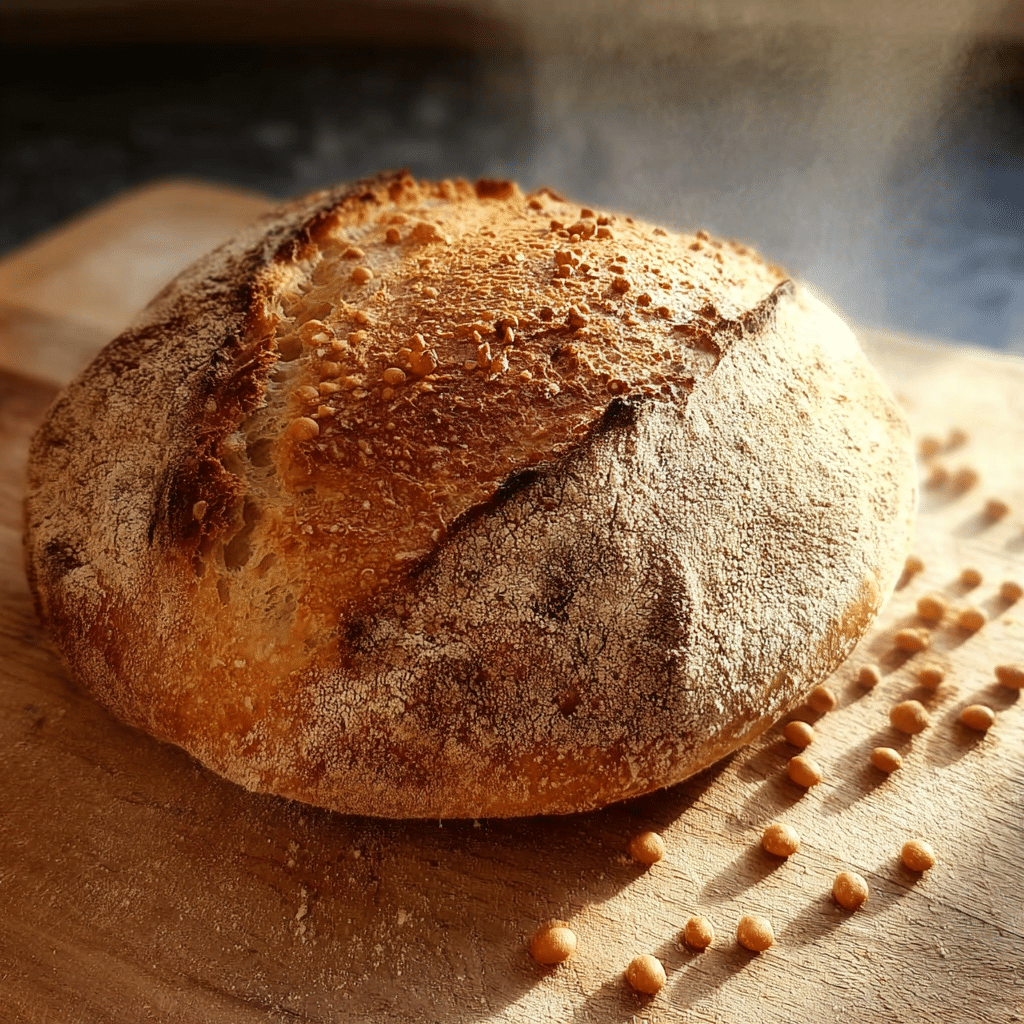
Discover great ideas like this one in our Organic Gluten-Free Sourdough Bread guide.
Table of Contents
The Rise of Chickpea Flour in Modern Baking
What Is Chickpea Flour? Nutritional Powerhouse Explained
At the heart of chickpea flour sourdough bread lies one ingredient: finely ground dried chickpeas. Known also as gram flour or besan, chickpea flour is naturally gluten-free and deeply rooted in Indian, Mediterranean, and Middle Eastern cuisines.
What makes chickpea flour so valuable in baking? Here’s a quick look:
| Nutrient | Benefit |
|---|---|
| Protein | Supports muscle health and satiety |
| Fiber | Promotes healthy digestion and fullness |
| Folate | Essential for cell function and development |
| Iron | Enhances energy levels and oxygen transport |
| Magnesium | Balances blood sugar and muscle function |
Unlike refined white flour, chickpea flour contains no empty calories. It’s loaded with nutrients and gives chickpea flour sourdough bread a denser texture and richer flavor. The slightly nutty taste balances the tang of sourdough, making each bite deeply satisfying.
For those exploring better-for-you breads, chickpea flour isn’t just a substitute — it’s an upgrade.
Looking for inspiration? Try our Gluten-Free Egg-Free Bread Recipe to explore another allergy-friendly option.
Why Chickpea Flour Is Trending in Sourdough Recipes
There’s a reason chickpea flour sourdough bread is showing up in bakeries and home kitchens alike. It’s more than a trend — it’s a smart, health-focused evolution of a timeless food.
Here’s why more bakers are embracing it:
- Gluten-Free Confidence: Chickpea flour ensures that those with gluten sensitivities can enjoy sourdough again.
- High in Protein and Fiber: This isn’t just bread — it’s a nourishing meal base.
- Rich, Rustic Flavor: The earthiness of chickpea flour adds depth to every loaf.
- Supports Gut Health: Fermented naturally through a sourdough starter, this bread enhances digestion and nutrient absorption.
When used correctly, chickpea flour transforms sourdough into something bolder, heartier, and more wholesome — without losing the soft crumb and crispy crust we all love.
Check out our Natural Zepbound Recipe for another high-nutrition recipe you’ll love.
Understanding Chickpea Flour Sourdough Bread
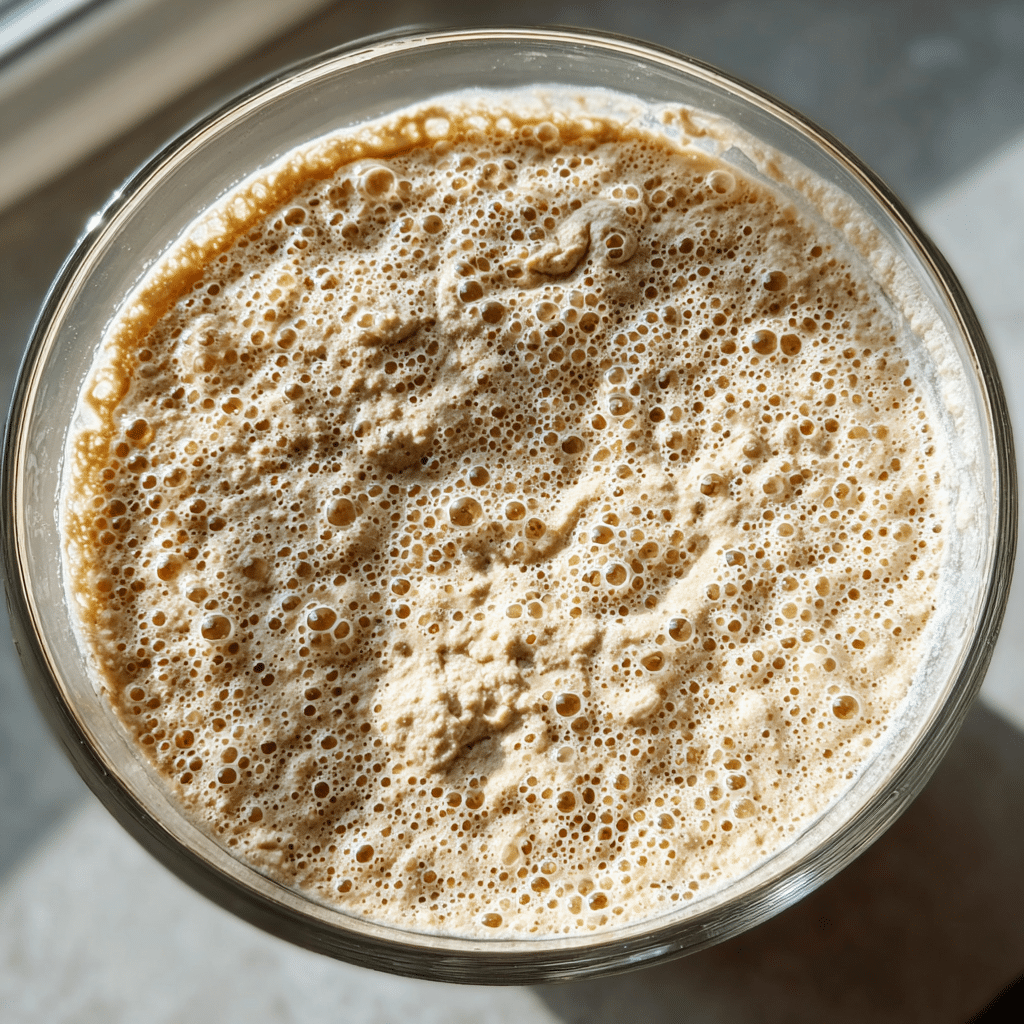
How Sourdough Fermentation Works with Chickpea Flour
To truly master chickpea flour sourdough bread, it’s important to understand how sourdough fermentation interacts with chickpea flour’s unique properties. Traditional sourdough relies on wild yeast and lactic acid bacteria in a starter to break down starches and gluten, making bread more flavorful and easier to digest.
However, chickpea flour sourdough bread behaves differently because chickpea flour is naturally gluten-free. While wild yeast still feeds on its natural sugars and produces gas, the lack of gluten means the dough has less structure to trap air. This results in a denser, more rustic loaf — one that’s compact but full of character and rich, earthy flavor.
To improve the rise and texture of chickpea flour sourdough bread, many bakers blend chickpea flour with other gluten-free flours like brown rice, oat, or tapioca. Others extend the fermentation time or increase hydration, helping the dough become more pliable and airy.
Whether you stick to a 100% chickpea flour recipe or blend with others, baking chickpea flour sourdough bread is a rewarding and creative experience — one that gets easier with practice.
Don’t miss our Gluten-Free Egg-Free Bread Guide to explore more allergy-friendly fermentation tips.
Unique Properties of Chickpea Flour in Bread Structure
Chickpea flour has distinct characteristics that directly affect how your chickpea flour sourdough bread turns out:
- Protein-Rich: With almost twice the protein of white flour, it adds structure and moisture.
- Highly Absorbent: It requires more water to avoid dry or crumbly dough.
- Low in Starch: Yeast has less sugar to feed on, which may slow rising unless balanced correctly.
These traits produce a chickpea flour sourdough bread that’s moist inside, chewy around the edges, and deeply flavorful. Expect a thicker crust and a tender crumb that holds up well over days.
If your first loaf feels dense or flat, don’t worry — that’s part of the gluten-free learning curve. With a few small tweaks like steam baking or extended proofing, your next chickpea flour sourdough bread will be even better.
Looking for inspiration? Try our Pink Salt Detox Recipe — a perfect pairing for a slice of hearty chickpea bread.
Health Benefits of Chickpea Flour Sourdough Bread
Rich in Protein, Fiber, and Minerals: How It Supports Gut Health
One of the biggest reasons more home bakers are turning to chickpea flour sourdough bread is its incredible nutritional value. Unlike traditional wheat-based loaves, this gluten-free option is loaded with plant-based protein and fiber, making it an excellent choice for those seeking a wholesome, satisfying bread that doesn’t spike blood sugar or cause bloating.
Here’s what makes it gut-friendly:
- Fermentation Boosts Nutrient Absorption
The sourdough process breaks down phytic acid, an antinutrient commonly found in legumes. This means your body can absorb more iron, magnesium, and zinc from chickpea flour. - Supports Digestive Health
Chickpea flour is naturally high in insoluble fiber, which helps regulate digestion and promotes the growth of beneficial gut bacteria. Pair that with sourdough’s prebiotics, and you’ve got a loaf that nourishes from the inside out. - Gentler on Sensitive Stomachs
Many who struggle with wheat or refined flours find that chickpea flour sourdough bread is easier to digest, thanks to the absence of gluten and the presence of slowly fermentable fiber.
Whether you’re following a gut-healing diet or simply trying to eat better, this bread gives your body something to celebrate.
Low Glycemic Index and Weight Management Support
Unlike many commercial breads that cause blood sugar spikes and mid-afternoon crashes, chickpea flour sourdough bread has a naturally low glycemic index. This means it digests slowly and steadily, offering prolonged energy and better appetite control.
Here’s why that matters:
- Improved Blood Sugar Balance
Chickpea flour slows down carbohydrate absorption, reducing the likelihood of sugar crashes. It’s ideal for individuals managing diabetes or insulin resistance. - Keeps You Full Longer
Thanks to its high fiber and protein content, a slice of this bread can leave you feeling satisfied for hours — reducing the temptation to snack on empty calories. - Weight-Friendly Nutrient Profile
Low in fat, high in nutrients, and free from refined sugar, chickpea flour sourdough bread can be a cornerstone of any weight-conscious diet.
And the best part? You don’t have to give up the comfort and joy of fresh-baked bread. With every bite, you’re supporting your wellness goals — without sacrifice.
Check out our Brazilian Mounjaro Recipe for another high-nutrient recipe that pairs well with chickpea-based dishes.
Print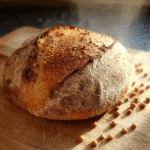
Chickpea Flour Sourdough Bread
- Total Time: 6 hours
- Yield: 1 loaf 1x
- Diet: Gluten Free
Description
A nutritious, gluten-free sourdough bread made with chickpea flour, offering a rich, nutty flavor, high protein content, and gut-friendly benefits.
Ingredients
- 2 cups chickpea flour
- 1 cup gluten-free flour blend
- 1 cup active sourdough starter
- 1 tsp sea salt
- 1 tsp olive oil (optional)
- 1 to 1¼ cups warm water
- 1 tsp apple cider vinegar
Instructions
- Make sure your sourdough starter is active and bubbly. Feed it a few hours ahead if needed.
- In a bowl, combine chickpea flour, gluten-free blend, salt, and sourdough starter. Add warm water gradually and mix to form a soft, sticky dough.
- Cover the dough and let ferment at room temperature for 4–5 hours. Stretch and fold once or twice in the first hour.
- Shape the dough gently and place it in a floured proofing basket. Let rise for 1–2 hours or refrigerate overnight.
- Preheat oven to 450°F (232°C) with Dutch oven inside. Score the dough, bake covered for 30 minutes, then uncovered for 15–20 minutes.
- Cool completely before slicing.
Notes
Chickpea flour dough tends to be dense and absorbs more water. Mix with other gluten-free flours and bake in a Dutch oven for better texture and crust.
- Prep Time: 20 minutes
- Cook Time: 45 minutes
- Category: Bread
- Method: Baking
- Cuisine: Gluten-Free
Nutrition
- Serving Size: 1 slice
- Calories: 180
- Sugar: 1g
- Sodium: 210mg
- Fat: 4g
- Saturated Fat: 0.5g
- Unsaturated Fat: 3g
- Trans Fat: 0g
- Carbohydrates: 25g
- Fiber: 5g
- Protein: 7g
- Cholesterol: 0mg
Keywords: chickpea flour, sourdough, gluten-free, bread, Sourdough starter, gut-friendly
Troubleshooting and Tips for First-Time Bakers
Common Mistakes When Baking with Chickpea Flour
New to chickpea flour sourdough bread? Here are quick fixes for common issues:
- Loaf too dense? Chickpea flour is heavy. Mix with lighter gluten-free flours for better texture.
- Dry dough? Add water slowly — chickpea flour absorbs a lot.
- Flat rise? Gluten-free doughs won’t puff like wheat-based ones. Be patient during proofing.
- Gummy inside? Let your bread cool completely before slicing.
- Flavor too earthy? A dash of apple cider vinegar can brighten the taste.
Tips to Improve Hydration and Texture
To get the best results:
- Use 75–85% hydration — adjust water gradually.
- Allow longer fermentation (4–6 hours) for flavor and structure.
- Add a little olive oil for a softer crumb.
- Bake in a Dutch oven to achieve a crisp crust.
With a few tweaks, your chickpea flour sourdough bread will turn out beautifully — even on your first try.
Chickpea Flour vs. Other Sourdough Flours
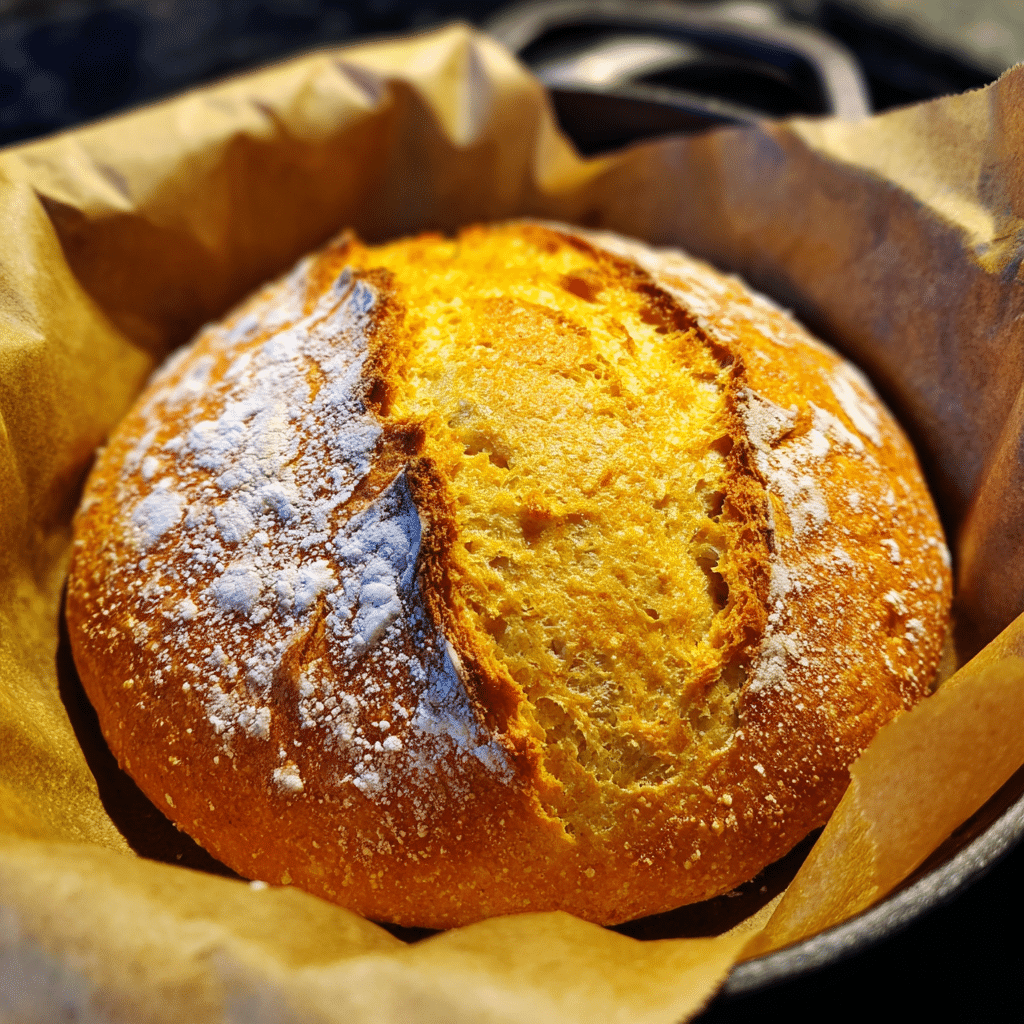
How Chickpea Flour Compares to Popular Alternatives
Different flours change the way sourdough bakes and tastes. Here’s how chickpea flour sourdough bread compares to other common types:
| Flour | Gluten-Free | Texture | Flavor |
|---|---|---|---|
| Chickpea | ✅ | Dense, moist | Nutty, earthy |
| Whole Wheat | ❌ | Hearty, chewy | Rich, robust |
| Rye | ❌ | Heavy, sticky | Tangy, deep |
| Oat | ✅ | Soft, tender | Mild, sweet |
| Rice | ✅ | Crumbly, dry | Neutral |
Chickpea flour is one of the best gluten-free options for sourdough. It’s higher in protein and fiber than oat or rice flour, and it holds moisture better, resulting in a loaf that’s hearty and satisfying.
Why Chickpea Flour May Be Healthier
If you’re choosing flour for health reasons, chickpea flour sourdough bread offers real advantages:
- Rich in plant protein and fiber
- Lower glycemic impact than many flours
- Naturally gluten-free and nutrient-dense
It may not be as light as oat or rice flour, but it brings more flavor and nourishment to every slice.
Check out our Gluten-Free Sourdough Guide to explore more flour choices for better bakes.
Flavor Profiles and Variations to Try
Pairing Chickpea Flour with Herbs, Seeds, and Spices
Chickpea flour sourdough bread already has a naturally savory, nutty flavor — but with a few extra ingredients, you can elevate it even more. Here are easy ways to boost its flavor:
- Fresh herbs: Rosemary, thyme, or oregano add an earthy punch.
- Seeds: Mix in sesame, sunflower, or flaxseeds for texture and nutrition.
- Spices: Add a pinch of cumin, turmeric, or smoked paprika for warmth and color.
For a Mediterranean-style twist, stir in chopped olives and sun-dried tomatoes. Prefer an Indian-inspired loaf? Try cumin and coriander with a sprinkle of nigella seeds on top.
These small additions bring new life to your basic chickpea flour sourdough bread without complicating the process.
Sweet and Savory Twists on the Basic Recipe
You can also go sweet! Chickpea flour pairs surprisingly well with natural sweeteners and spices.
Try these ideas:
- Sweet: Add cinnamon, maple syrup, and chopped walnuts.
- Savory: Fold in caramelized onions or roasted garlic for deep flavor.
- Hearty: Toss in shredded zucchini, carrots, or spinach for added moisture and nutrition.
Flavor variations are a fun way to experiment — and a great reason to keep baking your own chickpea flour sourdough bread every week.
FAQS:
Can I use chickpea flour for sourdough bread?
Yes, chickpea flour works well in sourdough. While it lacks gluten, it ferments nicely and adds a nutty, rich flavor to your chickpea flour sourdough bread.
Can I make bread with chickpea flour?
Absolutely. Chickpea flour can be used alone or blended with other gluten-free flours to make dense, hearty, and nutritious bread.
What is the healthiest flour to make sourdough bread?
Chickpea flour is among the healthiest — high in fiber, protein, and naturally gluten-free. It’s ideal for gut health and low-glycemic diets.
What effect does chickpea flour have on bread?
It makes bread more dense and moist, with a savory, earthy flavor. In chickpea flour sourdough bread, it also improves nutritional value.
Conclusion
If you’re looking for a bread that’s gluten-free, nutritious, flavorful, and family-approved, chickpea flour sourdough bread checks all the boxes. From its impressive protein content to its gut-friendly fermentation benefits, this loaf delivers both taste and wellness in every slice.
It’s more than a recipe — it’s a return to simple, heartfelt cooking. Whether you’re serving it with soup, layering it with toppings, or enjoying it warm out of the oven, chickpea sourdough brings comfort and nourishment to the table.
Give it a try, make it your own, and share it with someone you love.
For daily recipes you can follow me on Facebook and Pinterest.
